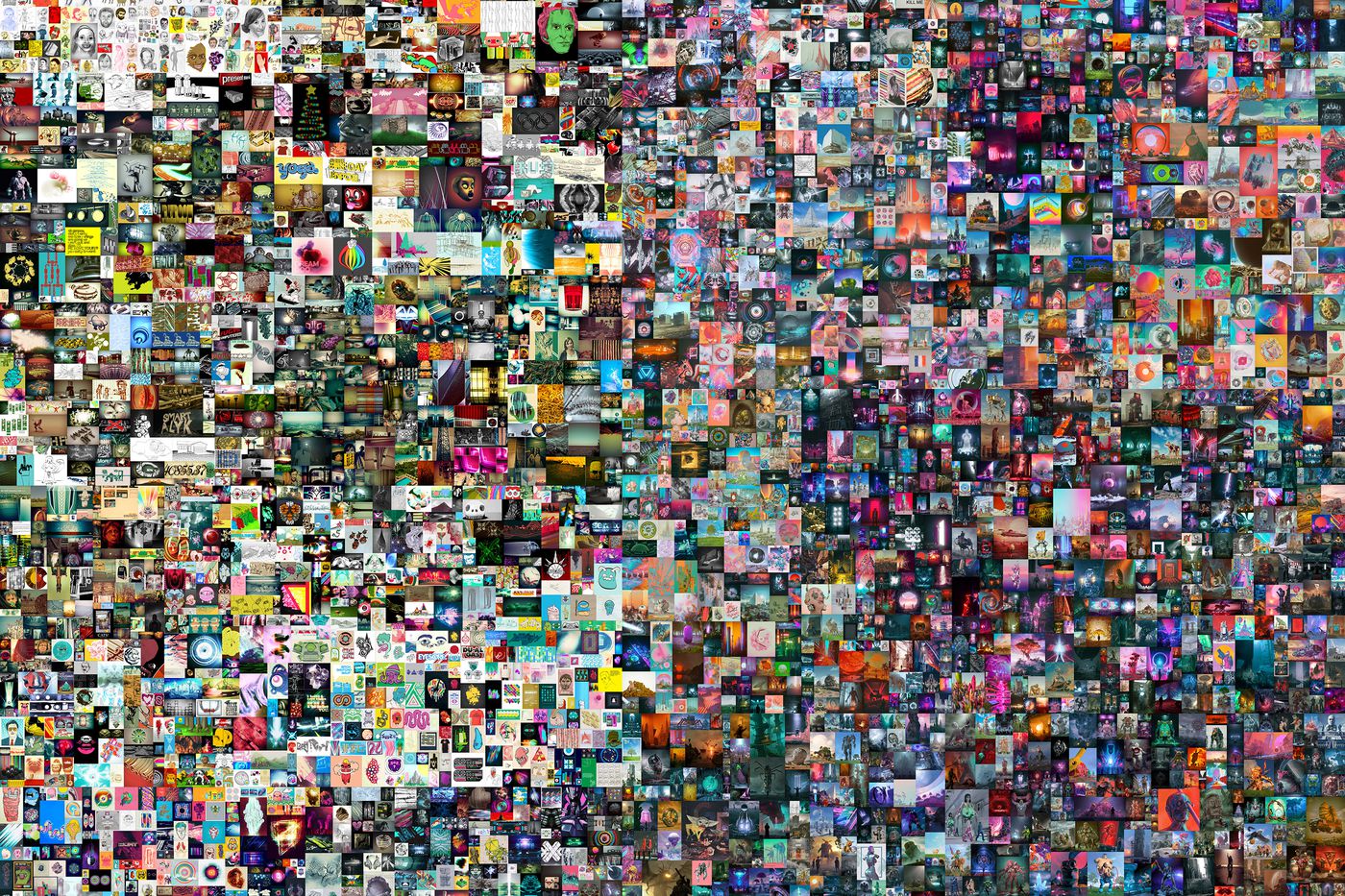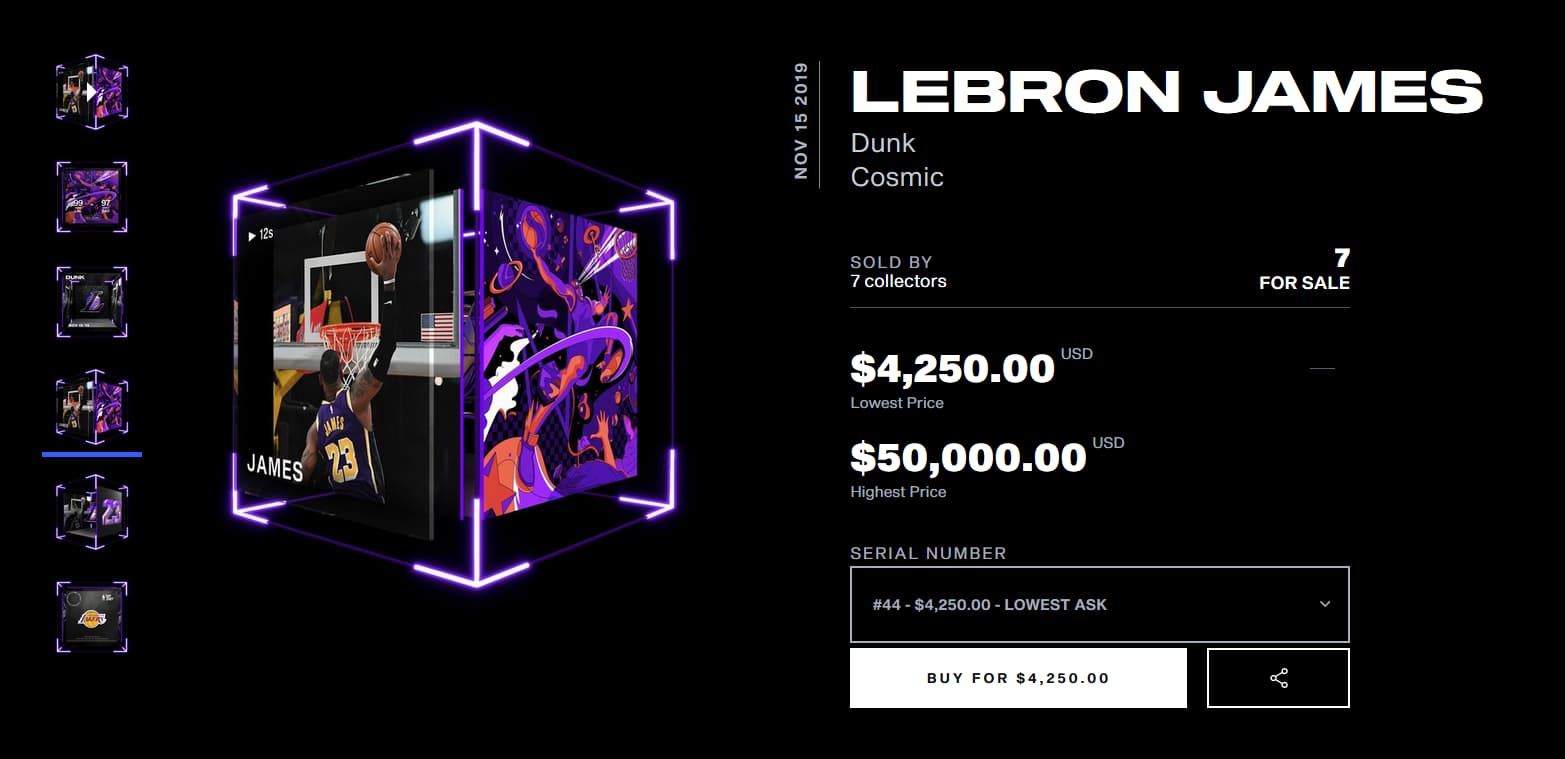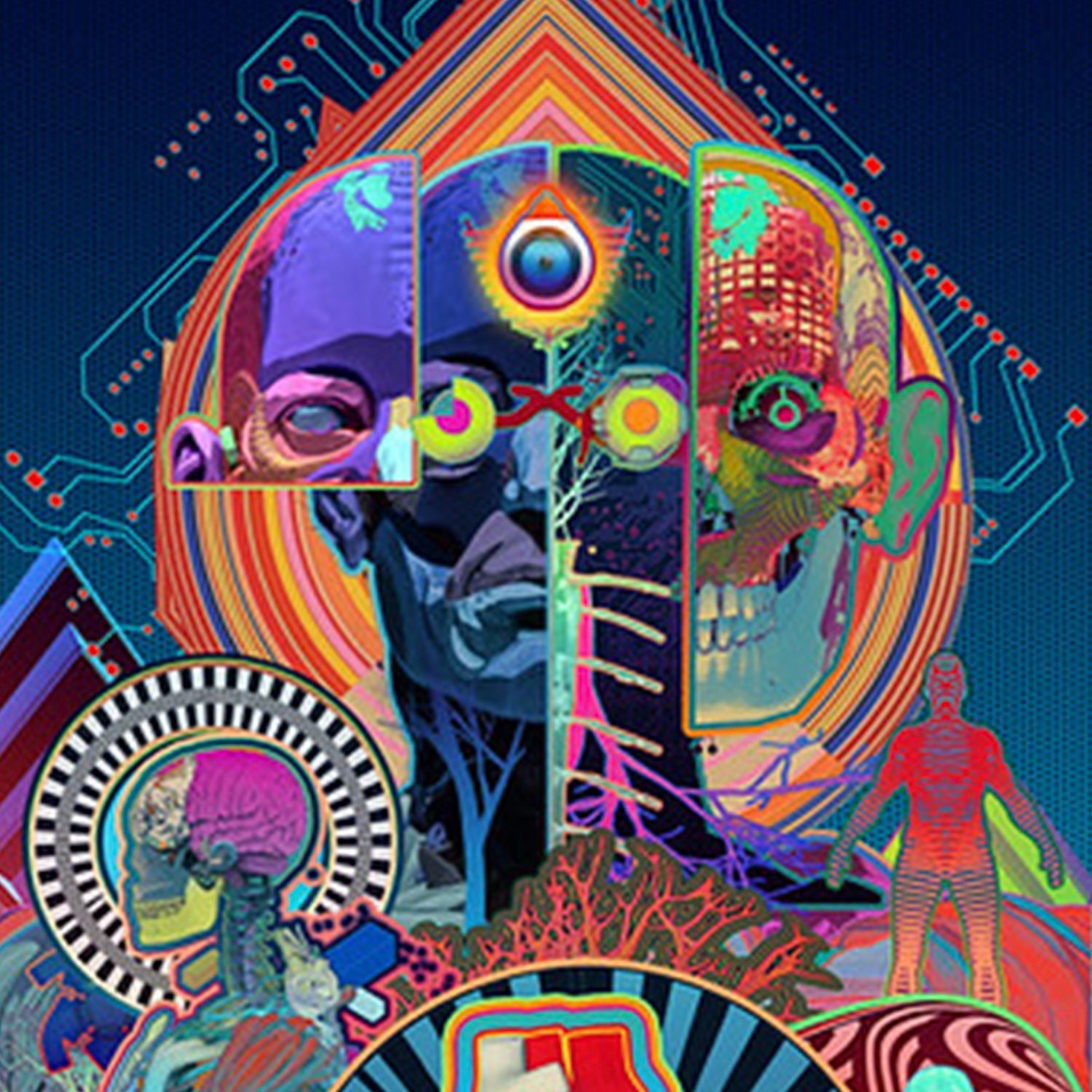Collectible-Driven NFTs

The vast majority of NFTs discussed in the media today are what I call Collectible-driven NFTs (aka Collector NFTs). Although there are some exceptions, Collector NFTs for the most part do not provide any functional value on their own (like royalties or access). Instead they are primarily items that bring forth a societal or emotional benefit.
As of May 2021, CryptoPunks, NBA TopShop, Beeple NFTs, and “Creator” NFTs all fit into Collector-driven NFTs providing digital versions of Basketball cards or art - often selling for hundreds of thousands if not millions of dollars.




A collector NFT mimics in many ways the existing offline collector industry. For centuries people have collected rare items of emotional value like stamps, baseball cards, art, professional athlete jerseys, Pokemon cards - many selling for millions of dollars. In today’s market, most NFT purchasers are “collecting” for similar reasons.
The primary benefits of Collectible-Driven NFTs are speculative financial gain, emotional connection, and social status.
Functional Benefits
Speculation For Financial Gain
Let’s get this off the table. The vast majority of money spent on NFTs right now is for pure speculation. Investors/speculators are buying up NFTs they believe are both rare and valuable in the hopes that they will later be able to sell it at a higher price. The bulk NFT sales fit into this category whether it is Jack Dorsey’s $2.9M first tweet, Beeple’s $69M piece of art or most Cryptopunks, rare NBA TopShots, Z1 Zed horses, “rare” Cryptokitties, etc… Most people are buying rares not necessarily because they are emotionally appealing but specifically because they are rare and might later be valuable. If I were to guess, I would think this is currently 90%+ of purchases in the current bubble.
At some point this speculative bubble will pop when people realize they are not getting a return and the price of NFTs will crash. (In fact, it likely is happening now as reports are that NFT value has gone down 70% in the last month).
But it won’t go to zero as NFTs also serve a number of other real needs, such as…
Emotional Benefits of Collectible NFTS
Emotional Connection
It was sort of a part of my identity…It was a mask. What are masks? They're objects that you can project identity onto. But I definitely did feel very emotional about it. I felt extremely attached to it. It felt like a breakup to have sold it. I literally had dreams about it.
It's more than just like a collectible. I never dreamed about a Pokemon card when I was a kid, you know? It's just different.
-CEO of Figma on selling his Cyberpunk for $2M
Talk to avid NFT collectors and you will find their enjoyment is often far more than transactional. Many start collecting because they emotionally connect with the things they collect. They feel emotionally attached before they buy and even more emotionally attached once they own a unique looking image.
Criteria for Valuable Emotionally Connecting NFTs
Three criteria must all be met for a collector item or NFT to be seen as valuable.
- Personal Relevance. In order to get value out of a collector item, someone needs to have a personal emotional attachment to the individual product/service. Having an early demo tape of Ariana Grande is going to be much more valuable to a huge Ariana Grande fan than someone who hates her music.
- Popularity (Memetic relevance). Just having one person find something valuable is not enough. To have value, a collectible needs to have many people have an emotional connection. Your great-grandmother’s wedding photo may be valuable to you but probably is not valuable to many others. However, many people would pay money for a jersey once worn by Michael Jordan.
- Rarity. Someone is much more likely to pay a higher amount for a collectible if it is both rare and satisfies a strong emotional need.
Reasons for Emotional Connection
Let’s dig down a little deeper as to some ways to generate this emotional connection. How do people connect with collector items?
1. Early Editions of popular items.
A collector piece can have historical relevance if it is an early version of a later popular product or entity. Early Magic The Gathering cards, Pokemon Cards, baseball cards, the Gutenberg bible, early Pablo Picasso sketches, and Shakespeare first folios all fit into this model as they are all early editions of something that became wildly popular later on.
Obviously the rarer and earlier the item the more valuable it is.
In the crypto-world, CryptoPunks fits this model the best. A group of 10,000 early NFTs, CryptoPunks have value partly because they represent this historical relevance the most. The people who own “punks” are considered the OG of NFTs.
I would speculate recent NFT purchases have been bought today speculating the item will have historical relevance later on.
2. Other Rare versions of popular items.
More broadly, a collector’s piece can just be a rare version of a popular item. In these circumstances, the rarer the item and the more popular it is later on the more value it has. In fact, errors on early merchandise that is later popular can become highly valuable.
Coins with double prints or the Banana Dollar Bill fit this model perfectly. In the pop culture world, celebrity autographs fit this model as well.
Another type of rareness is manufactured rareness, like limited edition clothing lines, prints, Nike shoes of collector coins. These can also generate a lot of interest but they generally are not as valuable as the organic historical moments.
Today many NFTs (like those on SuperRare) are trying to manufacture rareness by making single-versions of artwork they hope will later become popular. Other NFTs like Cryptokitties, cryptopunks and crypto corgis are manufacturing rareness algorithmically by having certain attributes be rarer than others. NFTs make it easy to make rare and non-rare items. The question that remains is how to make them popular.
3. Historical Moments Rarity
A collectible can generate emotion via its connection to a historical moment.
- Think of an early draft of the Declaration of Independence
- Or an early Demo tape of a famous Taylor Swift song
- Or the baseball that the Cubs Jersey worn when they won their first world championship.
These historical moments bring back the emotional memory of that seminal moment. The value of Michael Jordan’s jersey winning a championship is going to be worth a lot more than the same jersey he wore at a random pre-season game. Taylor Swift's demo of her #1 hit Shake It Off is going to be more valuable than a demo tape of a random non-hit song.
Historical moment collectors items have often been organic/serendipitous. Michael Jordan did not spend too much time contemplating that the jersey he was wearing was going to be worth hundreds of thousands of dollars. Taylor Swift probably did not think about the long term value of her demo tapes when she made them. While some collector’s items are manufactured (think Nike Shoes or collector edition coins), the authenticity of the item not being commercialized from the beginning is often what makes them special.
Obviously NBA Top Shops is the main crypto analogy of trying to recreate products identifying a moment. The platform sells digital versions of basketball cards where each “card” is a video “moment” in a game (think a video of a slam dunk or 3 pointer). TopShop definitely manufactures #1 (a limited quantity token of a popular moment). Time will tell if the authenticity is needed or if a digital good can represent the emotions as well as physical goods.
4. Finally there is work-related Rarity
Work-related rarity is usually game related and involves grinding away for many hours. Think Level 41 player in Pokemon, rare items from WOW that require playing a long time, a virtual plant that you need to “water”, Tamaguchi? Many times these assets also have utility value (they may allow you to play better) but sometimes they are just for emotional or social benefit .
Social Benefits of Collectible NFTs
Collector NFTs as Identity/Status Symbols
People are purchasing “Collector NFTs” to showcase their identity and/or status. Cryptopunk holders are identifying as early crypto-users and expressing that by changing their Twitter profiles and social media avatars to show their punks.
Wealthy individuals today are buying and showcasing expensive NFTs much like successful business people show off their high-quality art gallery, designer handbags, Bugati cars or fancy watches.
The social value to owning the originals of digital NFTs can match that in the real world. While everyone can have a copy, only one person is the real owner - just like many can have a canvas copy of a famous piece of artwork or own a really nice fake LV handbag - but very few own the real things.
A lot of the repurchases of early crypto are serving as a tool to brag about people’s status. Think of it as a status “flex”. People are spending thousands of dollars on Cryptopunks and Hashmasks to show off that they can spend thousands of dollars on digital art. This will continue as long as NFTs are seen as “hip” and “trendy”.
Identity/Status is likely going to stay in some form as more channels emerge to present NFTs you own (like nftprinter.com! Shameless plug!).
NFTs used for identity/status will completely explode if a blockchain based “metaverse” game emerges. We’ve already seen how popular outfits are for games like Pokemon Go or Fortnight. Imagine what will happen if you can buy and wear unique custom clothing created by one of tens of thousands of online clothing designers? In 10-20 years are we going to see the new online version of Nike or Chanel or Ralph Lauren with their “it brand” and “it clothing” emerge for digital worlds?
Some collectible NFTS (like Cryptopunks and XLAU) are now offering utilities like access to a private community or access to the artist themselves which can cloud the distinction between Collectible and Utility-based NFTs.
Next: The Future Of Collectible NFTs
Previously: NFTs Today And the Future Overview